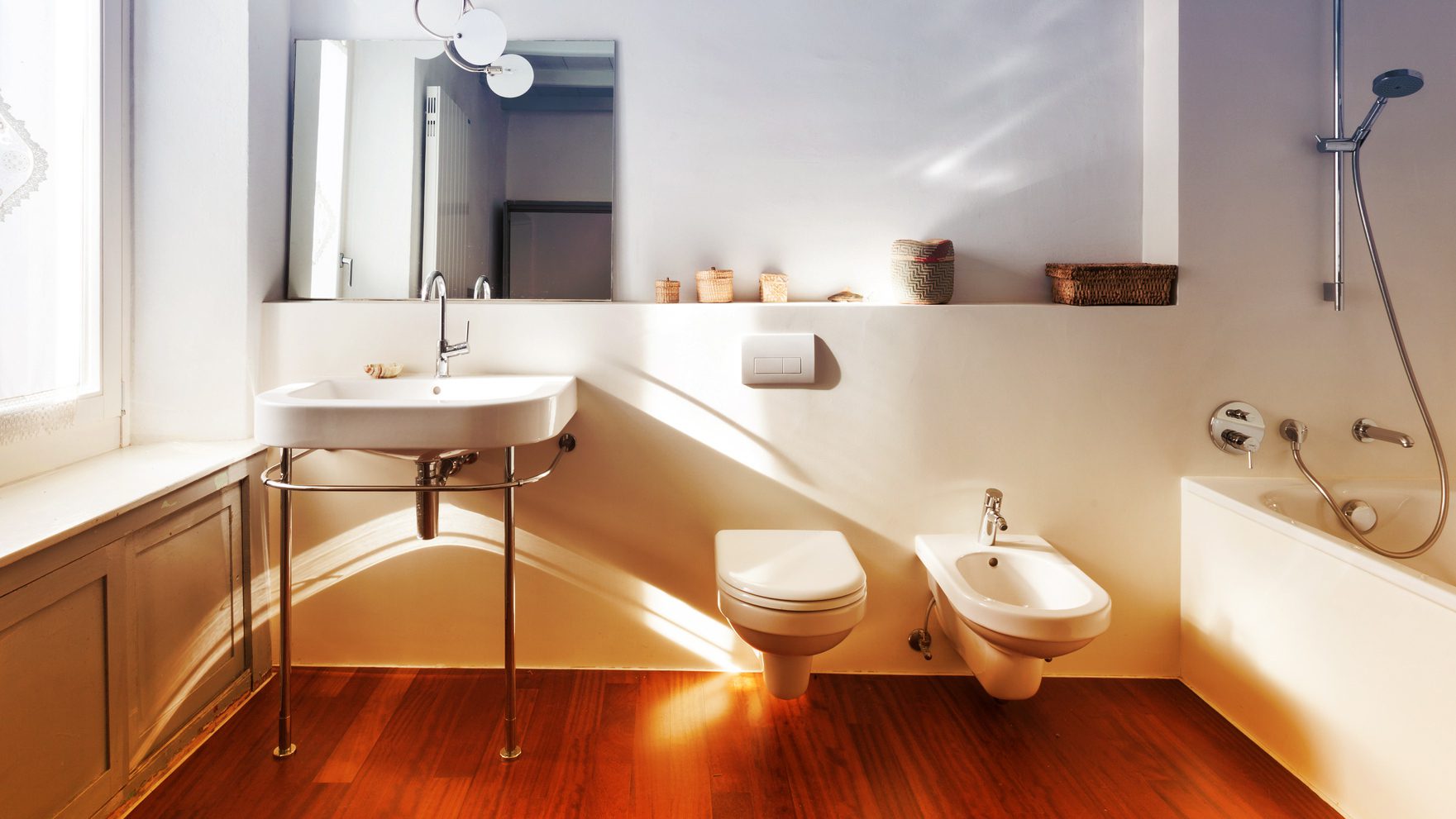
piovesempre/Getty Images
Life as we know it has changed dramatically in the coronavirus era, affecting work, school, travel, and more. And it’s shed light on the way we live at home, underscoring the fact that there’s nothing more important than safe shelter for our family.
To that end, COVID-19 is influencing what people want to see in home design.
“After the pandemic, our homes are going to reflect the lessons learned during this painful period, such as ways to disinfect ourselves and our possessions,” says Jamie Gold, a wellness design consultant and author of “Wellness by Design.”
In a postvirus world, we won’t soon forget our shelter-at-home memories. Going forward, if there’s even the slightest chance (god forbid) that we’ll need to repeat this awful practice, homeowners may want to prepare by buying or renovating a house with amenities that’ll make it just a bit more bearable.
To help, here are 10 features to look for in a new home—or demand in your current one—once we’ve bid the coronavirus adieu.
1. More bathrooms
A family member who’s caught a virus needs his own loo to keep germs in one place, so the addition of a second (or third or fourth) bathroom in homes will be important.
“This option used to be about convenience, but in the age of quarantines, sharing a bathroom could be dangerous,” says David Sipp, owner of two Mr.Handyman franchises in Indiana.
And since hand-washing is a constant nowadays, a half-bathroom or even just a sink right by a home’s entrance may become fairly standard.
“There’s renewed focus on [sinks near front entrances] in an attempt to get people to wash before entering the home,” says architect Kobi Karp of the eponymous firm.
2. Better mudrooms
Photo by Michael Robert Construction
Taking off your shoes before entering the house has long been recommended to cut back on grime and germs. But now that a recent study found that the novel coronavirus can cling to shoes’ soles and then get tracked inside, even more people may start removing their shoes right as they enter a house. This could make the presence of mudrooms—including larger, souped-up versions with seating areas and cubbies—more appealing than ever.
3. Bigger pantries
You probably weren’t alone if you found your food storage was lacking in the early days of the coronavirus—and the fix will be bigger and better pantries. Room for nonperishables is key so you can cut back on the number of grocery store trips you make.
No room for a dedicated pantry? Sipp anticipates a need for more food storage like shelving and cabinets in other parts of the home, like the garage and basement.
“And larger pantries won’t necessarily live in the kitchen area, but will instead be more of an add-on in the laundry room or entryway,” says Gold. The reason: Deliveries can be made contact-free, away from living areas, and trips into the house will be reduced.
4. More freezer space
Remember the old-fashioned chest freezer your grandmother had? Look for it again, along with more built-in freezer drawers, in future home design. Panicky pandemic shoppers are snapping up all manner of foods, and the result has been a sold-out stock of freezer units.
5. Bathroom bidets
The French know a thing or two about healthy bathroom design—and we’re finally taking notice. Bidet use was already on the rise before the coronavirus, and since toilet paper shortages have hit hard, more and more folks are looking to install this amenity.
Bidets are gentle and hygienic, and even when TP is back on store shelves, these devices will still be in demand, says Gold.
Want something cheaper than installing a whole new appliance? Consider the washlet, which is a seat fitted to an existing toilet that’s equipped with a spray nozzle.
“There’s less need for tissue with a washlet,” says Melanie Turner, an architect at Perkins & Will.
6. Closed-off spaces
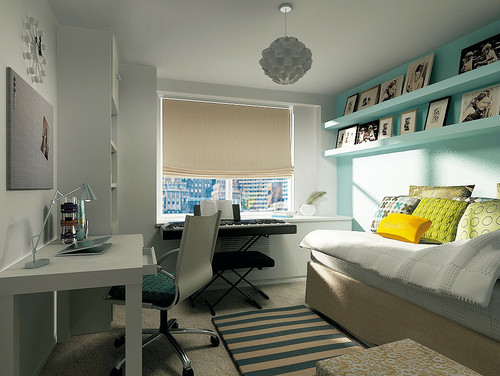 By Marie Burgos Design New York
By Marie Burgos Design New York
“COVID-19 has brought to light a heightened desire for discrete areas, no matter how small, and convertible spaces like guest rooms that can be used for playtime or as a homework spot,” says Turner. But open floor plans probably won’t disappear—instead, a better balance between private, semiprivate, and public spaces is coming.
“The reason is the need for homes to multitask better, which means if you have two partners suddenly working from home and a couple of kids home schooling, you’ll have more quiet, separate spaces for everyone to function effectively,” says Gold.
7. Brass and copper fixtures
Adapting to a new, more germ-conscious way of living starts with a return to copper and brass (a copper-zinc combo) for doorknobs and fixtures. In fact, brass kills bacteria more effectively than stainless steel, according to research.
Brass and copper are excellent metals for the home because both are naturally antimicrobial and corrosion-resistant.
“Copper is one of the best for its antimicrobial properties and has been used for decades in plumbing—and brass and bronze are also very popular because of their inherent ability to kill germs, plus over time they give a desirable rustic look,” said Karp.
8. Hands-free light switches, faucets, and more
Photo by Broedell Plumbing Supply, Inc.
“We already have hands-free faucets, light switches, and voice-control features to operate windows, showers, thermostats, and sound systems. Plus there’s a hands-free door opener that’s being introduced for homes,” points out Gold, who anticipates seeing them in homes now more than ever.
“We’ve had touchless entry and infrared detection systems in place for years in hotels, so I expect to see these technologies applied for opening home cabinets, fridges, and drawers in the near future,” adds Karp.
9. Closed HVAC systems
Photo by Global Source Lighting/San Ramon Lighting
For people with allergies, asthma, or other respiratory issues, more sophisticated HVAC systems, including those that can be closed from the outside world for limited amounts of time, might become more common.
“We have to weigh the benefits of fresh air with the desire to temper or limit intake at very specific times,” says Turner.
10. Nicer home offices
This one’s obvious, and it runs the gamut from a fully equipped workspace in a separate room to smaller iterations like nooks under the stairs or a retrofitted closet.
Having a quiet area in which to work will be a must-have, and if you can include the ability to work while standing up or moving, your wellness will be enhanced, says Gold.
“As people video chat and Zoom more with colleagues from home, they’re becoming hyperaware of the changes they’d like to see in a home office, including better lighting and more storage. And since a return to the workplace will be gradual, high demand will continue for an office that’s comfortable and functional,” says Sipp.
The post How the Coronavirus Is Reshaping Home Design: 10 Crucial Features a House Should Have Today appeared first on Real Estate News & Insights | realtor.com®.
source https://www.realtor.com/news/trends/coronavirus-is-reshaping-design-home/
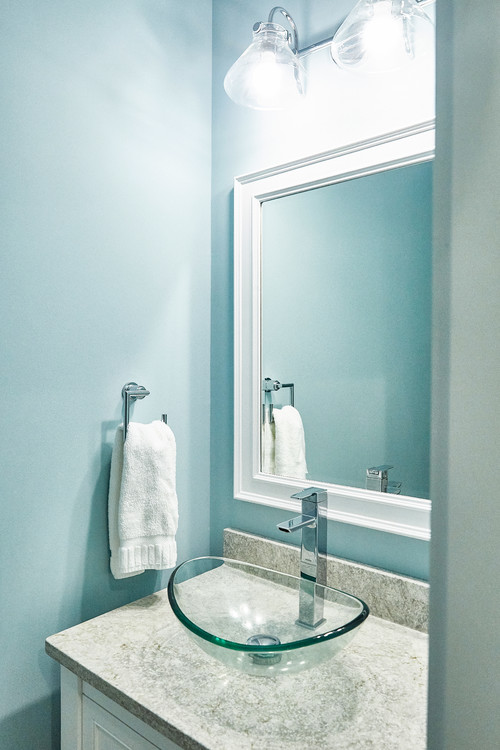
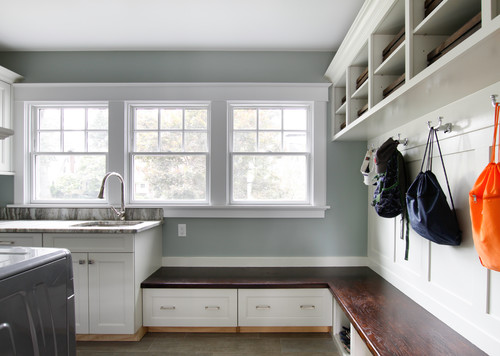


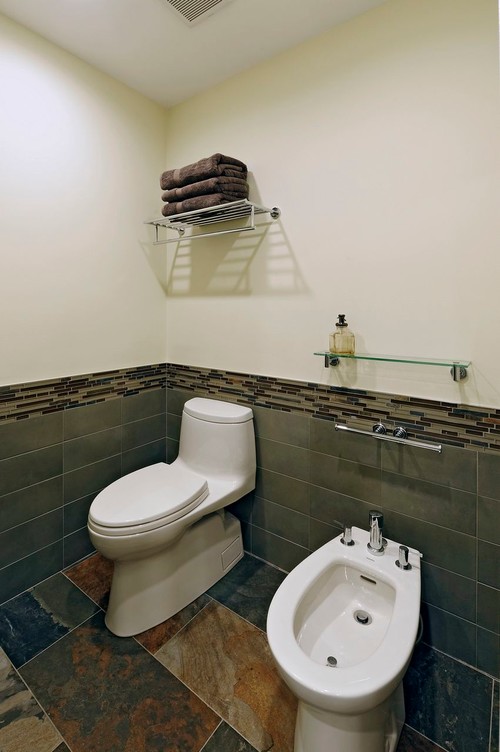

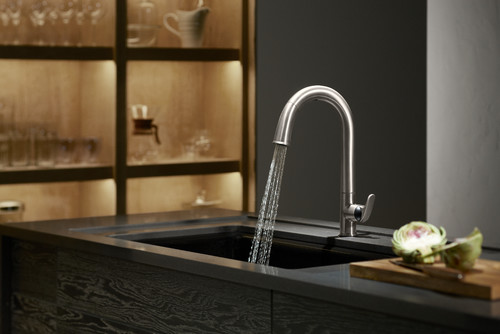

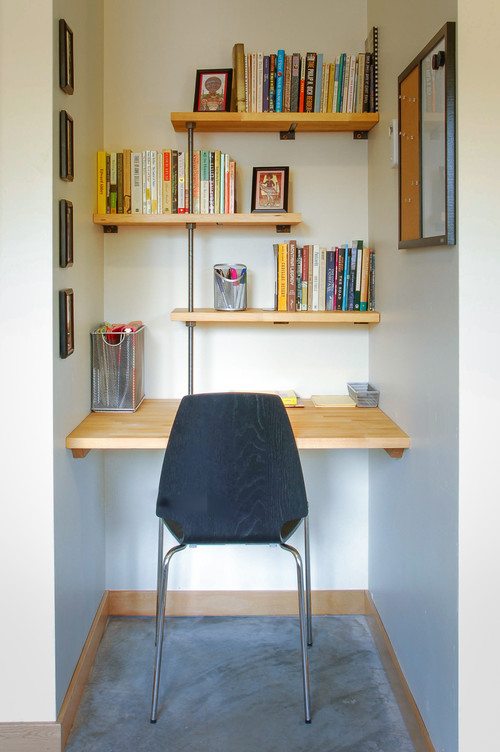
No comments:
Post a Comment